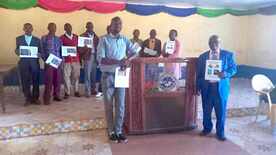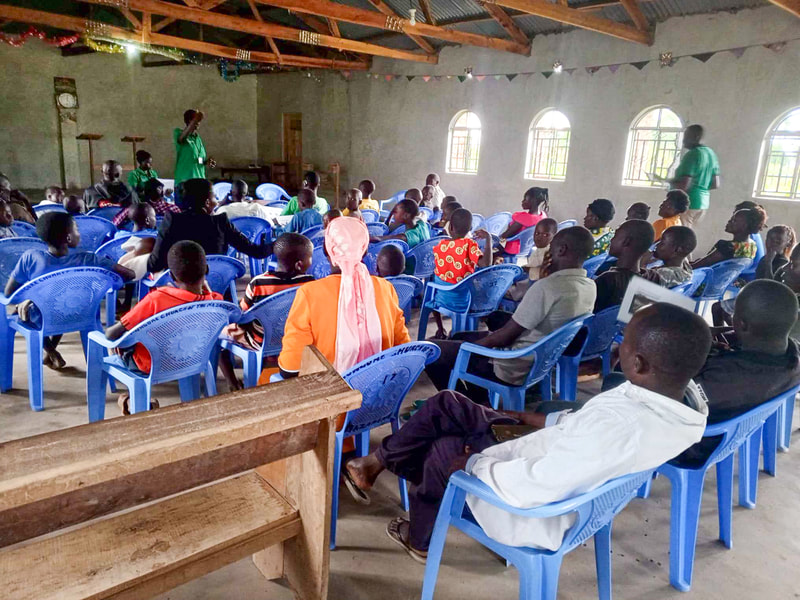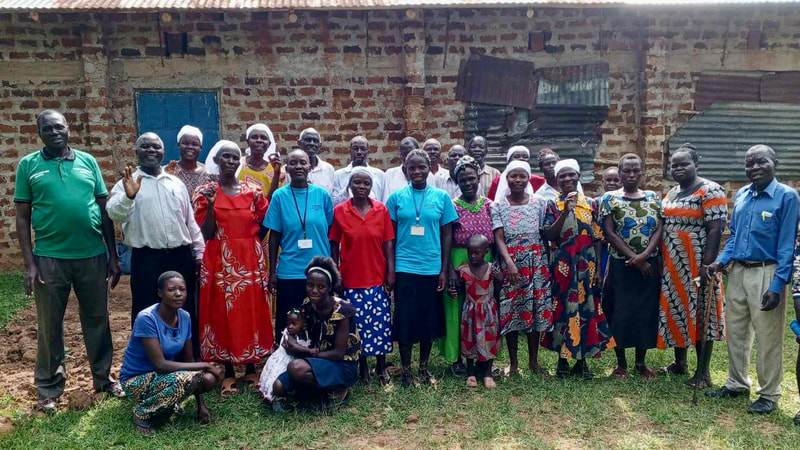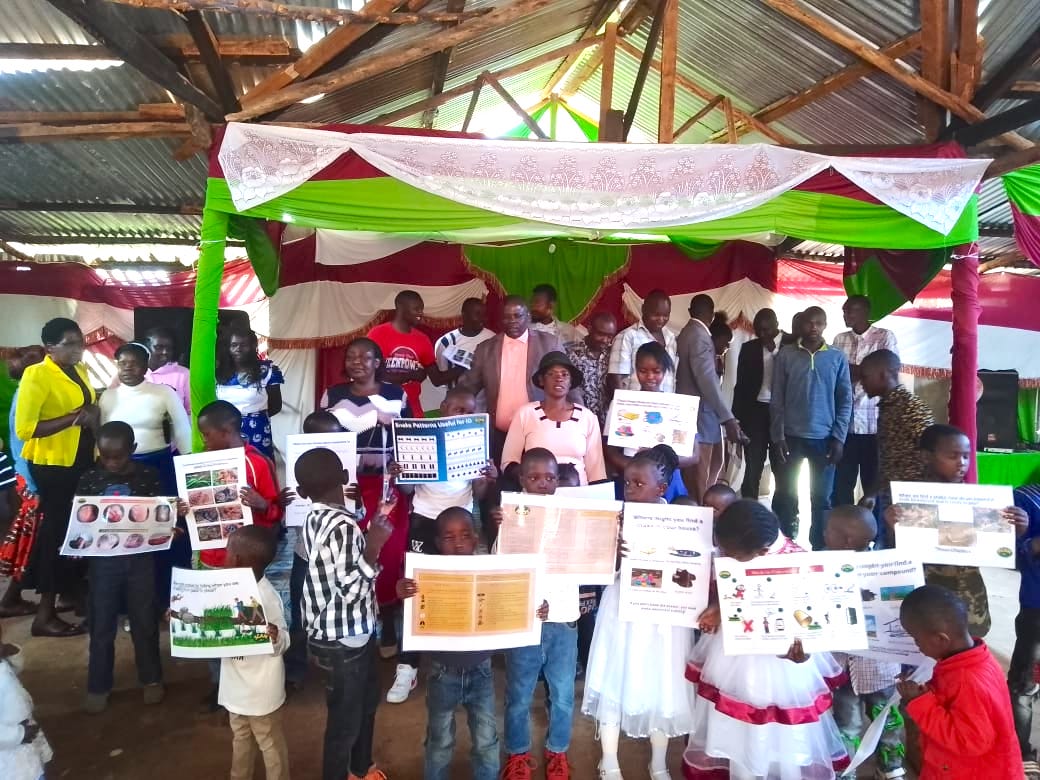 Roselyne Oyinga was walking in her farm when she felt a sharp pain in her leg. When she looked down, a green snake was biting her as it wrapped around her leg. When the snake moved off into the bushes, Roselyne began to experience headache, loss of saliva, heavy blood flow from the bite area, vomiting, and dizziness. When she made it home, her husband rushed her to the nearest clinic where they were informed there was no antivenom available to treat the bite. They drove some distance to Bungoma County Referral Hospital, where they were told the same story. Then at Bungoma LifeCare private hospital, they had to pay 15000 shillings ($100) in order to get treatment. They could not afford to pay. Having run out of medical options, Roselyne and her husband turned to a traditional healer, who prepared a concoction for her to drink and then began pressing on the wound to squeeze out the venom. After this, she had to walk on crutches for two weeks, but the horrible pain that she felt lasted for two years before finally healing. This story represents a number of things that can go wrong for a snakebite victim in East Africa, and in this case we are talking about a member of a Nazarene church in western Kenya. Many times the snake cannot be identified, and therefore doctors often have to treat the symptoms alone. There is very little antivenom available in the medical facilities, and the staff are often not trained for dealing with a snakebite emergency. Patients often have to travel over long distances on very rough roads to get to the hospitals, only to be turned away because the hospital or clinic does not have antivenom, or the family cannot afford to pay for treatment. So the family turns to a traditional healer who is much cheaper, but is unable to do anything to counteract the effects of the venom with their concoctions and other folk remedies. Every delay in treatment leads to a greater risk of death or loss of a limb. Snakebite is common and results in the deaths of nearly 1000 people in Kenya each year, and up to 4000 suffer a permanent disability. With the prospects for proper treatment so dim, the best way to address snakebite is through prevention strategies. Community groups and church congregations can be educated to understand snake behavior, identify dangerous snakes, recognize the symptoms of snakebite, administer proper first aid measures, and make changes that will keep houses and compounds safe from snakes. The Nazarene churches in two districts of Kenya recognize the seriousness of this problem and want to do something about it for their congregations and communities. In the Mount Kenya District, District Superintendent Martin Amuru is working with the Snake Community Action Network (SCAN) to provide training for churches where people are most at risk. SCAN is an organization started by Jonathan Twining, a retired professor from Eastern Nazarene College to combat the snakebite problem in East Africa. One church in Meru (Mwiteria) has already had one awareness training for their congregation. Another church where training is planned is in Tharaka-Nithi County which is close to where an 11-year-old girl recently died two hours after being bitten by a black mamba in her sleep. Meanwhile, in the Kenya West District, District Superintendent Julius Omondi invited the director of the Upendo Conservation Area training team to speak to pastors attending a recent evangelism meeting, and they were introduced to the idea of snake awareness and snakebite prevention training. There is now a plan in place to complete training in eight district churches, which started on November 13 with the Mungore-Khasoko Church of the Nazarene. In attendance were 19 women, 7 men, 25 children, and 5 church leaders. On December 2, the Upendo team will be completing training at the Namwacha and Ndararu churches in Bungoma. The biggest barriers to completing these trainings is the cost of transportation and the wear and tear of travel on vehicles when they must traverse very rough roads. In western Kenya, it is necessary to hire private cars, so when the church is quite distant from the epicenter of the training team, it can be quite expensive. The Mt Kenya District is huge, stretching from central Kenya to Ethiopia. The DS only has a small Toyota car to do extensive traveling between churches and it is not designed for taking the backroads. You or your church can support these training efforts by helping to pay for transportation costs and meals for the trainers, and also for copies of training materials. In addition, in the Mt Kenya District, Rev. Amuru is badly in need of a four-wheel drive vehicle that is more appropriate for the terrain he has to cover to get to his churches on a regular basis. Consider supporting this important ministry this holiday season! If you would like to support this training, please visit Snake Community Action Network (SCAN) at scan4snakes.wixsite.com For questions reach out to Jonathan Twining (Assistant Professor Emeritus). He can be reached at [email protected] or [email protected], and also on Facebook at Eco-Missions in East Africa (https://www.facebook.com/virtualecomissions).
2 Comments
James Wangalwa
12/14/2023 10:08:41 am
Thanks for the information and commitment on sensitization of our local churches. This will enable our carefulness by taking caution not to be caught up in such scenarios.
Reply
Silas kirimi
12/14/2023 10:19:00 am
You are doing great work Mr Jonathan twinning, much blessings from God for providing this vital knowledge to the communities.
Reply
Leave a Reply. |
N4CC ScriptsScripts is a collaborative effort from a wonderful "cloud of witnesses" writing on issues of creation care. All contributors are Christians seeking to embody earth care in their own context. Archives
December 2023
|



 RSS Feed
RSS Feed
